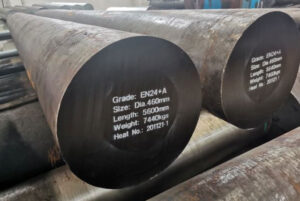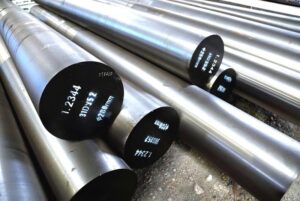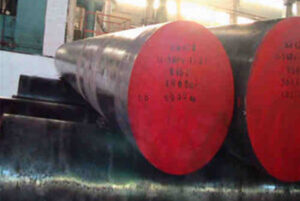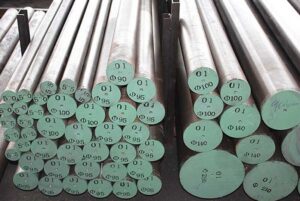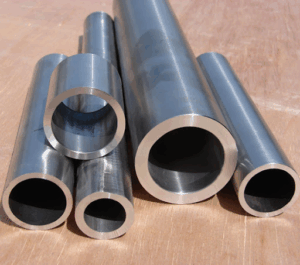Overview of Alloy C-276 Steel
Alloy C-276, also known as Hastelloy C-276, is a nickel-molybdenum-chromium superalloy with tungsten added to improve its overall corrosion resistance. This alloy is known for its excellent performance in a wide range of aggressive environments, making it a go-to material for chemical processing, petrochemical industries, and other applications requiring resistance to corrosion and high temperatures.
Alloy C-276 stands out due to its:
- Outstanding resistance to pitting and crevice corrosion
- Excellent resistance to both oxidizing and reducing acids
- High resistance to chloride-induced stress corrosion cracking
- Versatility in various chemical environments
Whether you’re building equipment for chemical processing plants or dealing with aggressive marine environments, Alloy C-276 has got you covered.
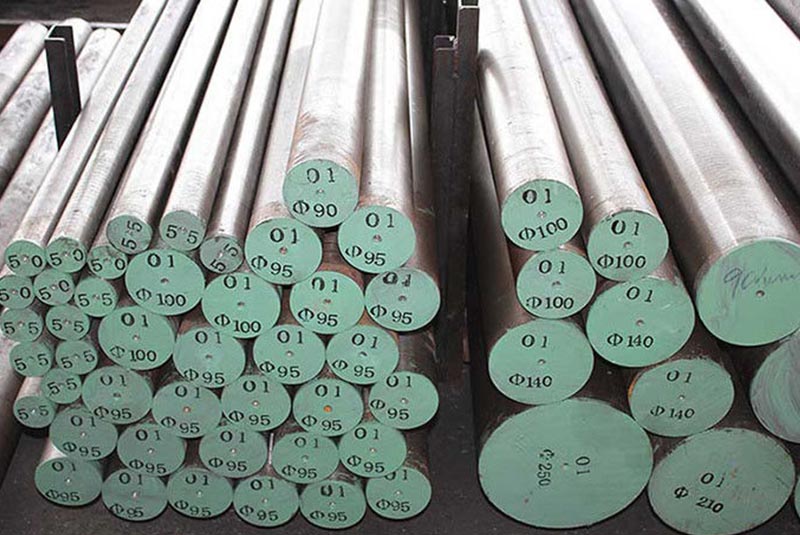
Chemical Composition of Alloy C-276 Steel
Understanding the chemical makeup of Alloy C-276 is crucial for grasping why it’s so effective in harsh environments. Here’s a detailed look at its composition:
| Element | Percentage |
|---|---|
| Nickel (Ni) | 57.0 min |
| Molybdenum (Mo) | 15.0 – 17.0 |
| Chromium (Cr) | 14.5 – 16.5 |
| Iron (Fe) | 4.0 – 7.0 |
| Tungsten (W) | 3.0 – 4.5 |
| Cobalt (Co) | 2.5 max |
| Manganese (Mn) | 1.0 max |
| Vanadium (V) | 0.35 max |
| Silicon (Si) | 0.08 max |
| Phosphorus (P) | 0.04 max |
| Carbon (C) | 0.01 max |
| Sulfur (S) | 0.03 max |
The combination of these elements in specific proportions gives Alloy C-276 its robust corrosion resistance and mechanical properties.
Mechanical Properties of Alloy C-276 Steel
When choosing a material, it’s essential to consider its mechanical properties to ensure it meets the required performance standards. Alloy C-276’s mechanical properties are as follows:
| Property | Value |
|---|---|
| Tensile Strength | 690 MPa (min) |
| Yield Strength (0.2% offset) | 283 MPa (min) |
| Elongation | 40% (min) |
| Hardness | 100 HRB (max) |
| Density | 8.89 g/cm³ |
These properties make Alloy C-276 suitable for applications that demand high strength and durability under harsh conditions.
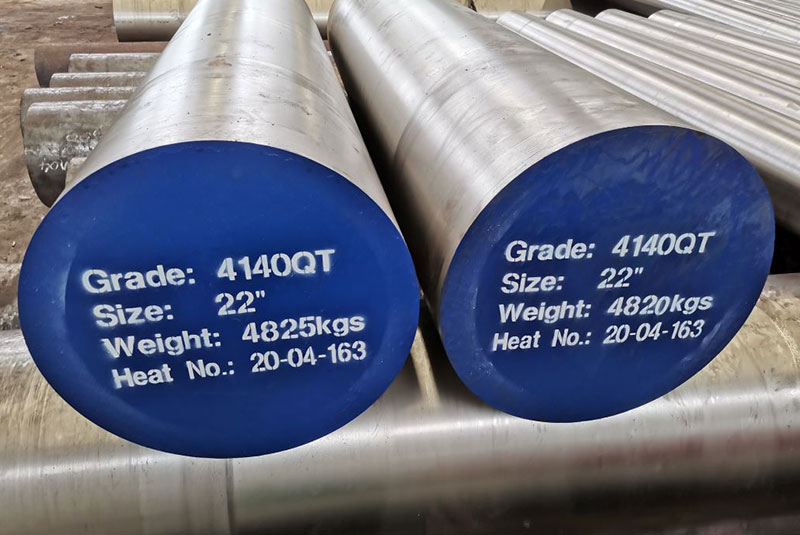
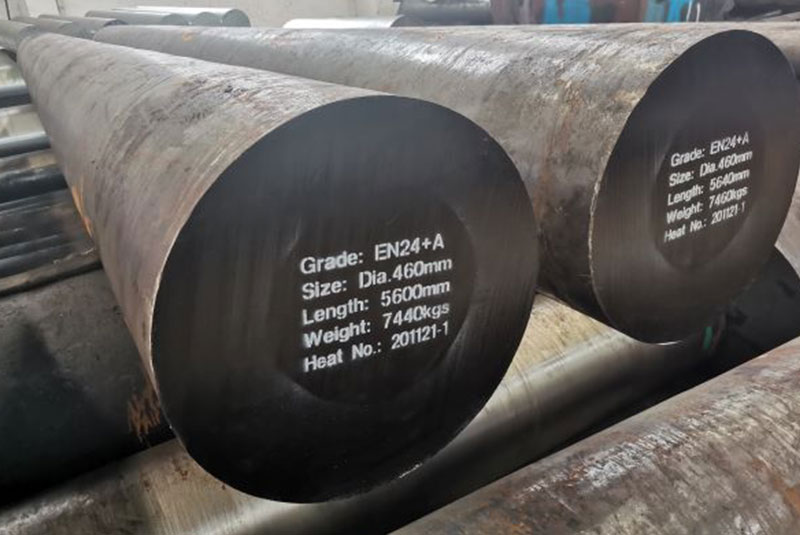
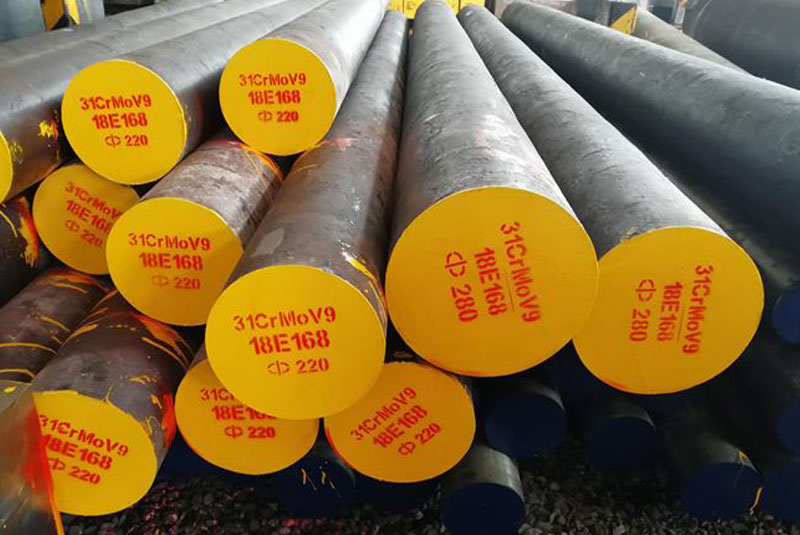
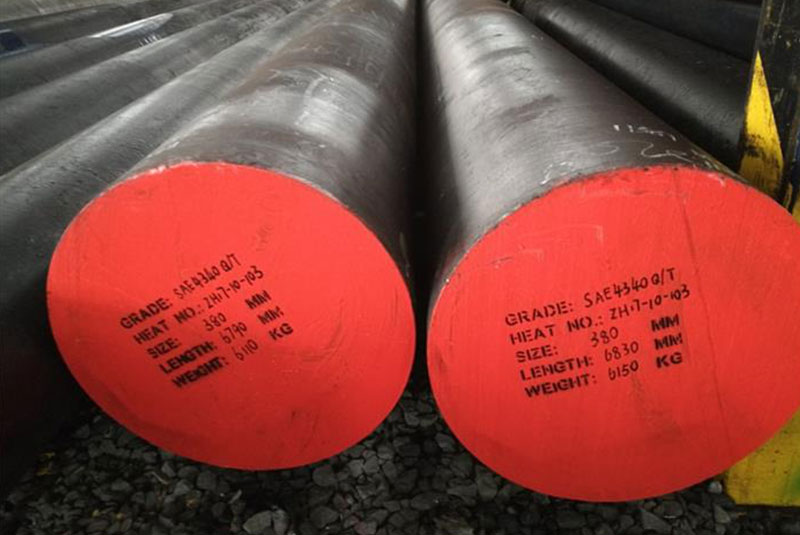
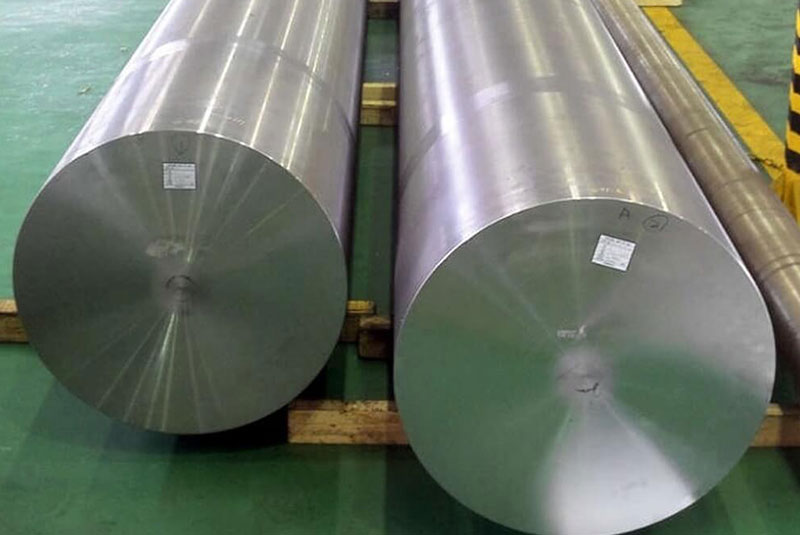
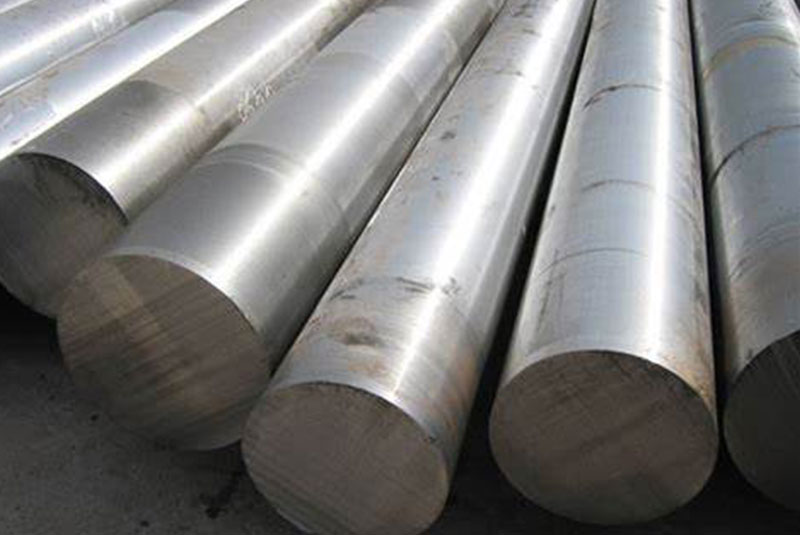
Applications of Alloy C-276 Steel
Alloy C-276 is widely used in various industries due to its exceptional corrosion resistance and mechanical properties. Here are some key applications:
| Industry | Application |
|---|---|
| Chemical Processing | Reactors, heat exchangers, evaporators, and pipelines exposed to aggressive chemicals. |
| Oil and Gas | Components for sour gas service and offshore oil and gas drilling platforms. |
| Power Generation | Flue gas desulfurization systems, scrubbers, and ducting. |
| Pharmaceutical | Production equipment and piping in pharmaceutical plants. |
| Marine | Marine engineering components and equipment exposed to seawater. |
| Aerospace | Engine components and exhaust systems in aircraft. |
Alloy C-276’s versatility makes it a preferred choice across these diverse fields.
Heat Treatment of Alloy C-276 Steel
Proper heat treatment is essential to achieve the desired properties in Alloy C-276. Here’s how it’s typically done:
| Process | Temperature Range | Purpose |
|---|---|---|
| Solution Annealing | 1121°C – 1177°C (2050°F – 2150°F) | To dissolve precipitated phases and restore ductility. |
| Cooling Method | Rapid air cooling or water quenching | To prevent the formation of detrimental phases. |
The precise control of heat treatment processes ensures that Alloy C-276 retains its excellent properties.
Suppliers and Pricing of Alloy C-276 Steel
Finding reliable suppliers and understanding pricing is crucial when sourcing Alloy C-276. Here’s a snapshot:
| Supplier | Location | Price Range (per kg) |
|---|---|---|
| United States | $50 – $70 | Local and international suppliers |
| Europe | €45 – €65 | Reputable metal suppliers |
| Asia | ¥350 – ¥450 | Major industrial suppliers |
Prices can vary based on market demand, quantity, and specific requirements, so it’s best to request a quote for accurate pricing.
Comparing Advantages and Disadvantages of Alloy C-276 Steel
While Alloy C-276 offers numerous benefits, it’s essential to weigh its advantages against its disadvantages.
| Advantages | Disadvantages |
|---|---|
| Superior corrosion resistance | High cost |
| Versatility in various environments | Difficult to machine |
| High strength and durability | Requires special welding techniques |
| Resistance to pitting and crevice corrosion | Limited availability in some regions |
Understanding these pros and cons helps in making informed decisions about using Alloy C-276 in your projects.
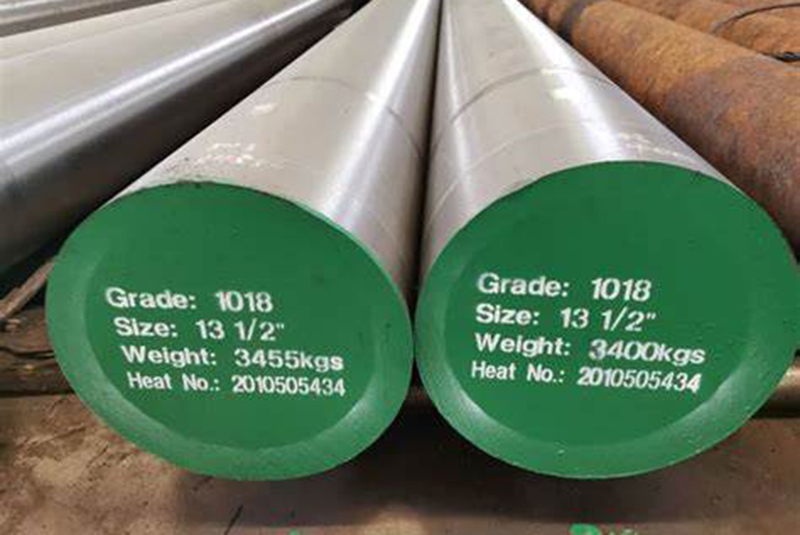
FAQs
Here’s a handy FAQ section to address common questions about Alloy C-276:
| Question | Answer |
|---|---|
| What is Alloy C-276 primarily used for? | It’s used in chemical processing, oil and gas, power generation, and marine applications due to its exceptional corrosion resistance. |
| Can Alloy C-276 be welded? | Yes, but it requires special techniques and expertise to ensure proper weld quality. |
| Is Alloy C-276 resistant to stress corrosion cracking? | Yes, it has excellent resistance to stress corrosion cracking, especially in chloride environments. |
| How does Alloy C-276 compare to stainless steel? | Alloy C-276 offers superior corrosion resistance and mechanical properties compared to most stainless steels, but it is also more expensive. |
| What are the main elements in Alloy C-276? | Nickel, molybdenum, chromium, and tungsten are the primary elements. |
Conclusion
Alloy C-276 is an outstanding material known for its superior corrosion resistance, strength, and versatility in various aggressive environments. While it comes at a higher cost and requires specialized handling, its benefits often outweigh the disadvantages, making it a top choice for critical applications across multiple industries. By understanding its chemical composition, mechanical properties, applications, and proper handling techniques, you can effectively leverage Alloy C-276 to meet the demanding needs of your projects.
Whether you’re dealing with aggressive chemicals, harsh marine conditions, or high-temperature environments, Alloy C-276 stands out as a reliable and robust material. Make sure to source it from reputable suppliers and follow proper heat treatment and machining practices to maximize its performance and longevity.

